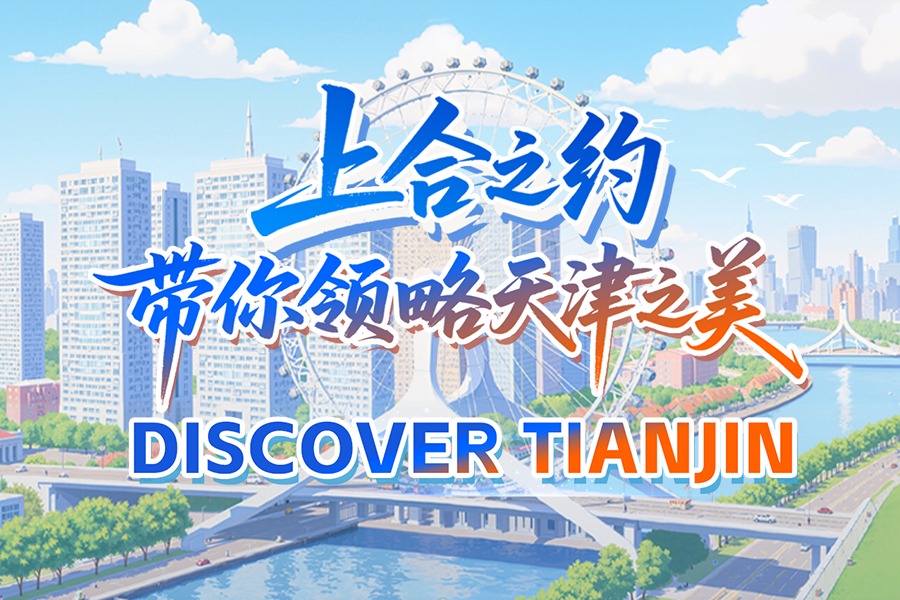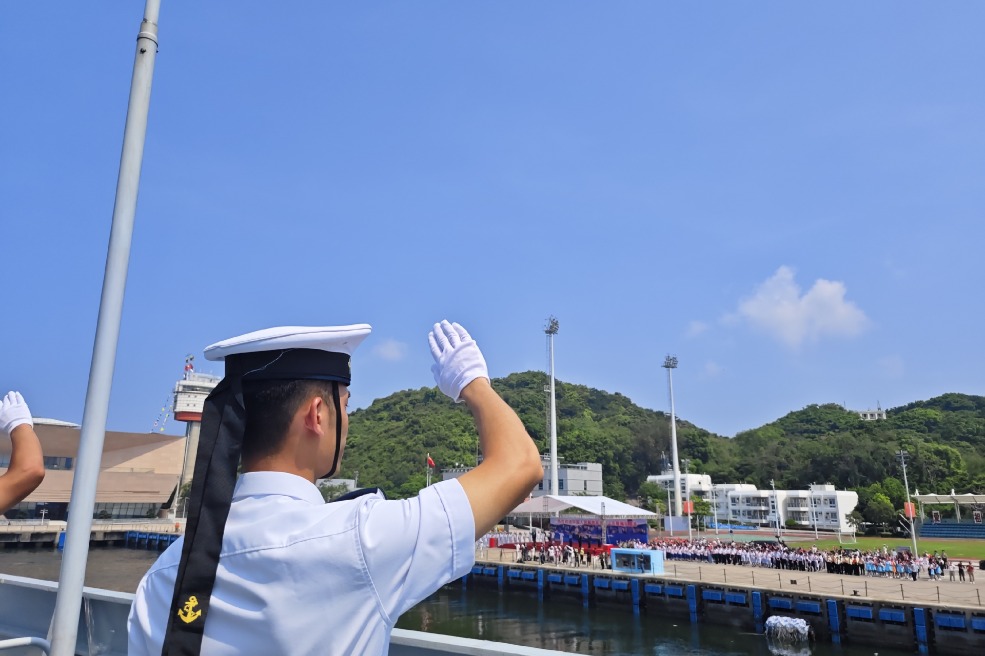Turning back toxic flows of misinformation


Year on from Japan's decision to dump Fukushima water into ocean, fears at home and abroad are only deepening
For the past week, Hisae Unuma has been traveling from Saitama Prefecture, outside Tokyo, to the heart of the metropolis in Shinjuku, the world's busiest railway station, where he has been handing out leaflets to passersby every day.
Boldly proclaiming "Protect children from exposure to radiation" in Japanese, the fliers are a key element of a campaign by Unuma to provoke stronger calls among ordinary Japanese for the government to scrap a decision to dump contaminated water from the crippled Fukushima Daiichi nuclear power plant into the ocean.
"The government kept promising reconstruction of my hometown Fukushima in the past decade, but dumping the water seems contrary to that pledge because it threatens a double blow to our community," says Unuma, one of the 38,000 people still unable to return to their homes and who were among the 160,000 residents evacuated from the region when an earthquake triggered a tsunami in March 2011 that devastated communities on the country's northeastern coast.
Living 3 kilometers from the Fukushima nuclear power plant, Unuma was moved to the city of Kasu in Saitama Prefecture after the disaster.
"Eleven years have passed and my home remains in a dilapidated condition. The way back home is too difficult," he says.
Wednesday marks a year since Japan announced the plan to release more than 1.3 million metric tons of treated but still radioactive water into the ocean, and Unuma and fellow campaigners plan to protest against that decision on the day outside Japan's parliament, which is also known as the National Diet Building.
"Wednesday's gathering will be a small one because a lot of people have to work on that day and we will have a bigger protest on Saturday," Unuma says.
The decision has drawn widespread condemnation at home and abroad, but policymakers have shown no sign they are considering any reversal of the plan.
In one of the latest actions by opponents, civil society groups in the most affected prefectures submitted a petition in late March to Japan's Ministry of Economy, Trade and Industry and Tokyo Electric Power Company, or TEPCO, the Fukushima plant's operator. Reaffirming their opposition to the release of the contaminated water, they are demanding that the government pursue other alternatives. Consumer groups and fisheries associations are at the forefront of this action.
The petition had collected some 180,000 signatures from residents in the prefectures.
Katsuhito Fuyuki, the board chairperson of the Miyagi Consumers Cooperative Association, says the government's disposal plan has failed to win support from the people.
"The impact of the 2011 nuclear accident remains and imports of Miyagi fishery products are still banned by nearby countries," says Fuyuki, adding that the decision would deal a further blow to the local economy.
Under the government's plan, the authorities will gradually discharge the still-contaminated water from spring 2023. In all, the release would be sufficient to fill about 500 Olympic-sized swimming pools. The water has been used to cool highly radioactive damaged reactor cores as the massive earthquake and tsunami destroyed the Fukushima plant's cooling systems, triggering the meltdown of three reactors and the release of large amounts of radiation.
Japan insists there are no alternatives to the ocean discharge. It says that by the end of 2022 there will be no space left for storage. Moreover, after a treatment process known as the Advanced Liquid Processing System, or ALPS, the radioactive tritium-a radioactive isotope of hydrogen-will be the only radionuclide in the water and that it is harmless.























